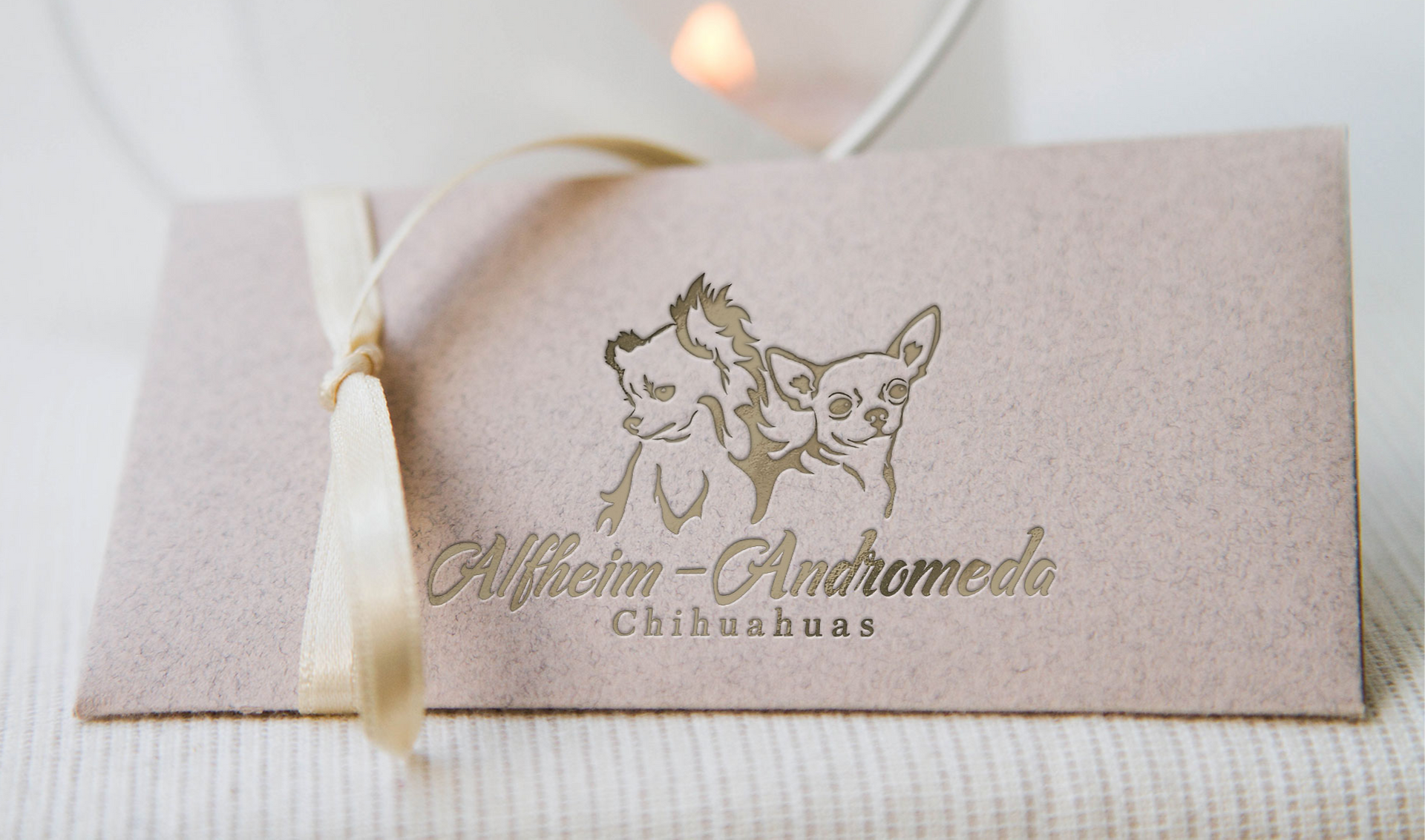🐾 Inguinal Hernias in Bitches After Whelping: A Closer Look
- Ansok
- Aug 15
- 3 min read

Inguinal hernias are a soft tissue condition occasionally observed in female dogs (bitches), particularly after they have delivered one or more litters naturally. While not as commonly discussed as patellas or heart murmurs, inguinal hernias appear frequently enough—especially in toy breeds—to warrant attention from breeders and veterinarians alike.
🔍 What Is an Inguinal Hernia?
An inguinal hernia occurs when abdominal contents, such as fat or intestinal loops, protrude through the inguinal canal—a natural opening located in the groin area. This canal allows for blood vessels and other structures to pass between the abdomen and the external genitalia. In female dogs, particularly those who have had litters, the surrounding tissue can weaken, creating an opening through which tissue can herniate.
Hernias may appear as a soft, often reducible bulge in the groin. They may be bilateral or unilateral and can change in size depending on heat cycles, activity, or the dog’s posture.
🧠 Why Do They Appear After Whelping?
While not every postpartum bitch develops an inguinal hernia, the condition is more commonly seen in those who have delivered naturally. Several factors may contribute:
Hormonal changes during pregnancy—especially elevated relaxin and progesterone—can cause connective tissue laxity, softening ligaments and muscle walls.
Physical strain during labor, particularly with large litters or prolonged pushing, may cause stretching or microtears in the abdominal wall.
Postpartum weight fluctuations and returning to pre-pregnancy muscle tone may make existing weak spots more apparent.
Some breeds and lines may have a genetic predisposition toward weaker abdominal structure or slower connective tissue healing, though this remains an area for further study.
🧬 Is There a Genetic Link?
Although comprehensive studies in dogs are limited, heritability of inguinal hernias is suspected in several species. In canines, veterinary literature notes that repeated occurrence in related individuals may suggest a familial component, particularly when multiple intact females in a line develop the condition post-whelping. Some breeders have begun tracking this structurally alongside other traits like patella and heart scores, especially in small breeds.
In species such as humans and pigs, genetic studies have implicated genes affecting collagen formation and connective tissue structure. Similar mechanisms may be present in dogs, though breed-specific research is still emerging.
🧵 Timing of Hernia Repair in Toy Breeds
In many cases, inguinal hernias are first identified during spay procedures, especially when a bitch is being retired from breeding. In toy breeds, this is often a practical point in a dog’s life to address both procedures under a single anesthesia event.
Because of their small size, toy breeds can be more sensitive to repeated anesthetic events, and many veterinary clinics opt to repair the hernia at the time of spay if one is present. This is common practice but varies depending on the dog's health, age, and the veterinarian’s surgical approach.
Some hernias remain small and cause no clinical problems. Others may slowly enlarge over time, particularly if abdominal pressure remains high or hormonal fluctuations continue in intact dogs.
🧾 Summary
Inguinal hernias are soft tissue protrusions that occur through the groin canal and may appear after natural delivery in female dogs.
They are often associated with pregnancy-related changes, such as hormone-induced ligament laxity and physical strain from labor.
The condition is more frequently noticed in toy breeds and may be discovered during routine spay surgeries at retirement.
Although not always inherited, patterns within related dogs suggest a possible genetic predisposition, especially in lines with known connective tissue fragility.
Hernias may remain mild or progress; decisions about monitoring or surgical repair are made on a case-by-case basis in clinical settings.
📚 Citations
Fossum, T. W. (2019). Small Animal Surgery (5th ed.). Elsevier.
Tobias, K. M., & Johnston, S. A. (2012). Veterinary Surgery: Small Animal. Elsevier Health Sciences.
Johnston, S. D., & Root Kustritz, M. V. (2001). Canine and Feline Theriogenology. WB Saunders.
Hosgood, G. (1997). “Surgical Management of Abdominal Hernias.” Veterinary Clinics of North America: Small Animal Practice, 27(4), 1001–1014.


![04[5287]_edited.png](https://static.wixstatic.com/media/19bc06_e20664f6f34a40a38ce600e39e177c3c~mv2.png/v1/fill/w_980,h_578,al_c,q_90,usm_0.66_1.00_0.01,enc_avif,quality_auto/19bc06_e20664f6f34a40a38ce600e39e177c3c~mv2.png)






























